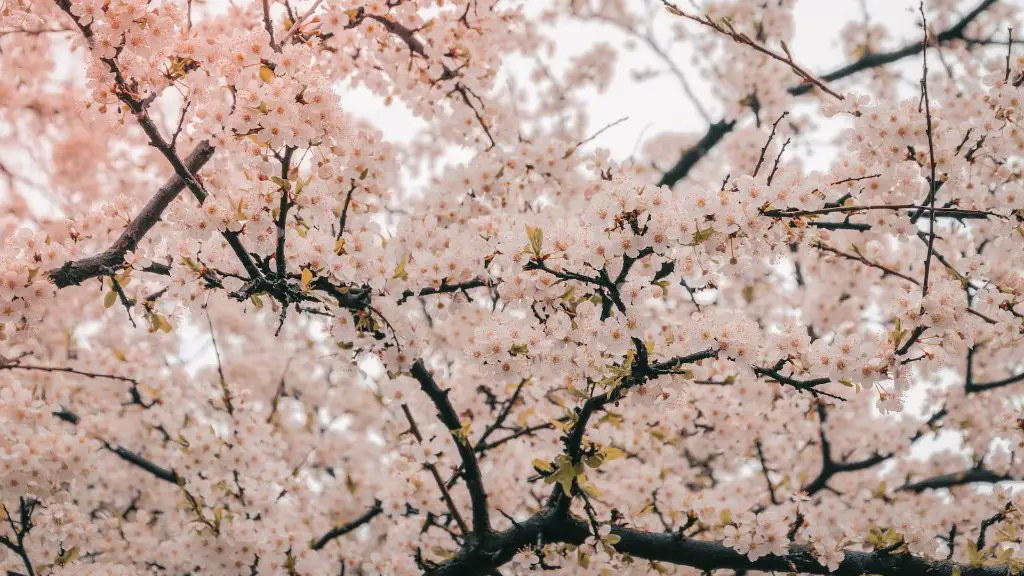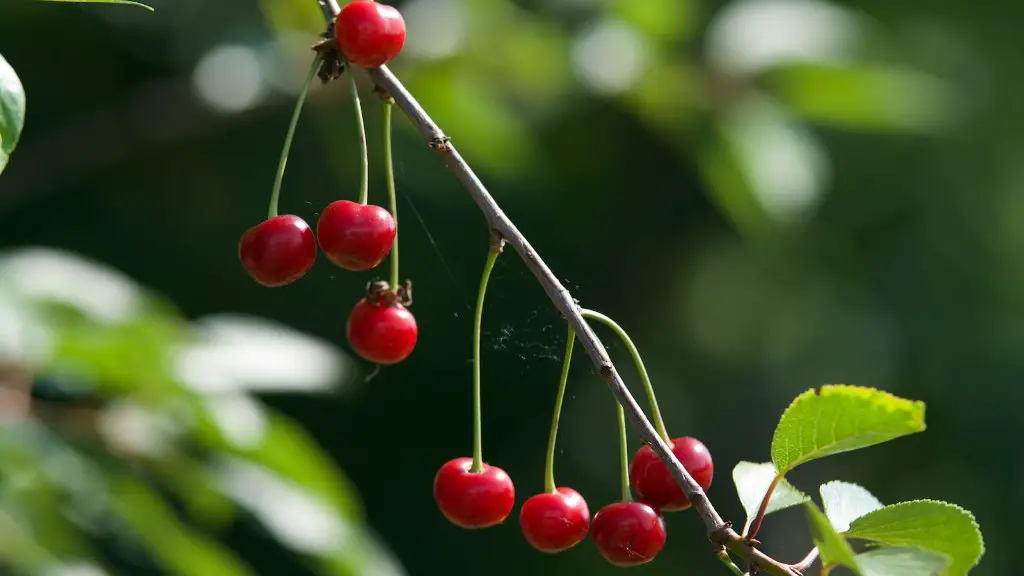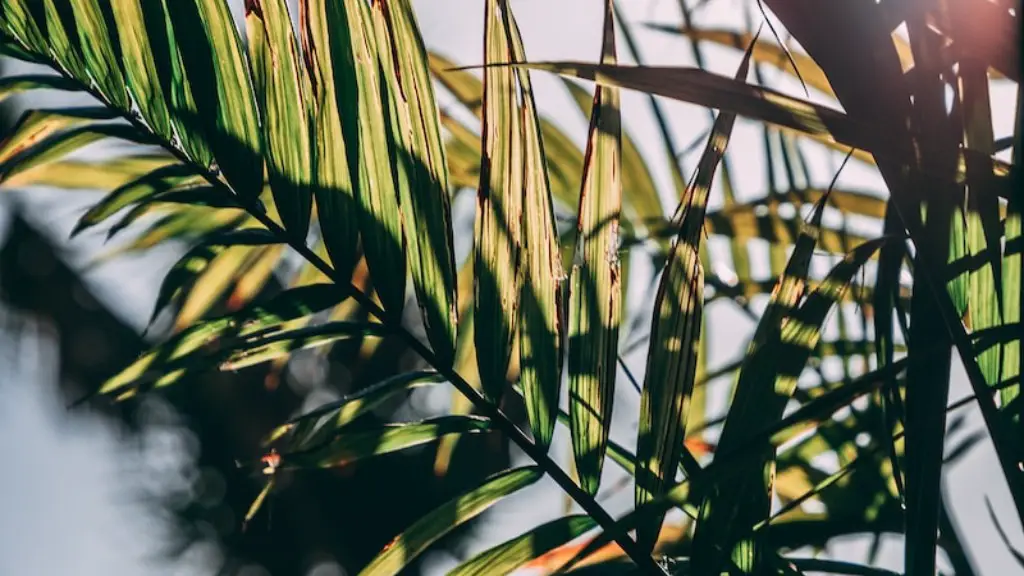Introduction
Pruning your cherry tree should be a regular part of your garden maintenance if you want it to stay healthy and vibrant. Pruning is not only necessary to keep the tree looking attractive but also helps it to bear abundant fruit every season. It is a similar process to pruning other fruit trees but small cherry trees need a little more attention. In this article, we will discuss how to prune a small cherry tree properly and what tools you will need. We will also explain why pruning is important for the health of your tree and how you can ensure that you are pruning correctly to boost the yield and quality of fruit.
What You Will Need To Prune Your Tree
Pruning a small cherry tree requires you to have a pair of sharp, clean bypass pruners. This is the type of pruner that has two sharp blades that come together like scissors. You will also need a pair of lopers with longer handles for any branches greater than 1 inch in diameter. To prevent damaging the tree, you should also have clean cuts, so use a pruning saw if you need to cut thicker branches.
Steps To Prune Your Tree
The first step when pruning a small cherry tree is to remove any dead, damaged, or diseased branches. Removing these will help keep your tree healthy and stop the spread of any diseases or pests. Once this is done, you should move onto thinning the tree. You should remove any branches that are crossing over each other or growing parallel, as this can cause them to rub together as they continue to grow, which can weaken them and cause damage.
Next, you should prune to give the tree an open, vase-like shape. This is done by pruning the main limbs to be horizontal, with no more than 4-6 lateral branches. Once this is done, you should select the healthiest and most desirable fruit-bearing branches and prune them to leave just the central stem and a few buds. This will create strong fruit-bearing stems for the best possible crop.
Why Pruning Is Important
Pruning a small cherry tree is an important part of tree care as it helps with many aspects of the health and productivity of your tree. Pruning helps to stimulate new growth, making your tree more likely to produce abundant crops of cherries every season. It also helps to open up the tree, increasing air and sunlight penetration, which enhances the photosynthesis process, leading to increased yields of cherries. Pruning also helps to control the size of your tree, making it easier to manage and to harvest the fruit.
How To Ensure You Prune Effectively And Safely
To ensure that your pruning is effective, you should make sure that you use sharp, clean pruning tools every time you prune your tree. This is important as dull tools can damage the tree and clean tools will prevent the spread of any diseases or pests. You should also avoid over-pruning the tree, as this can stunt its growth and reduce the yield of cherries significantly. Finally, you must ensure that you are wearing protective clothing, such as gloves and eye protection, when you are pruning.
Advanced Pruning Techniques
Advanced pruning techniques for small cherry trees include thinning, heading back, and renewal pruning. Thinning is when you remove entire lateral shoots, leaving just the central leaders. Heading back is when you prune the ends of the bigger limbs to shorten them and encourage the growth of new shoots. Renewal pruning is a more extreme form of pruning and involves removing all the lateral branches on the lowest part of the tree. This should only be attempted if necessary, as it can shock the tree, reducing the yield of cherries significantly.
How To Get Your Tree Ready For Pruning
Before pruning your small cherry tree, you need to make sure that it is ready for the process. There are three key steps for getting your tree ready for pruning. Firstly, you should assess its health. Check for any signs of disease, pests, or damage and take any necessary steps to treat the tree before you start. Secondly, you should prune any dead or damaged branches. Finally, you need to identify which branches are most suitable for pruning, such as those that are crossing or overcrowding the tree.
The Benefits Of Pruning Your Tree
Pruning your small cherry tree can have many benefits, including increased fruit yields and better quality fruit. Pruning helps to stimulate new growth, promotes photosynthesis, and ensures good air circulation and light penetration in the tree. It is also important for keeping the tree healthy, as it removes any weak or damaged branches, as well as removing any overcrowding. Pruning can also help to control the size of your tree, making it easier to manage and harvesting the fruit.
When Is The Best Time To Prune?
The best time to prune your small cherry tree is in late winter or early spring, when the tree is dormant. This is the time when pruning will have the least impact on the tree as it is not actively growing, so it can focus its energy on healing the pruning cuts. However, it is important to bear in mind that cherry trees are very sensitive to cold temperatures, so pruning should be done before the temperatures drop too low in your area.
Prune With Care To Keep The Tree Healthy
Pruning a small cherry tree is a delicate process and should be approached with care if you want your tree to remain healthy and productive. It is important to avoid over-pruning the tree, as this can shock the tree and reduce the yield of cherries significantly. Make sure to use clean, sharp tools when pruning and wear protective clothing to prevent any injuries. It is also important to ensure that your pruning follows the natural shape and structure of the tree, maintaining an open, vase-like shape for the best results.




